Retail Floor Painting Best Practices
Applying retail floor paintings during mild, dry weather prevents moisture issues and ensures proper adhesion and curing.
Scheduling during off-peak hours or seasonal slow periods minimizes customer disruption and allows for thorough work.
Ideal temperatures for floor painting are typically between 50°F and 85°F, ensuring proper drying and adhesion.
Low humidity levels are preferred to prevent delays in drying and to maintain paint quality.
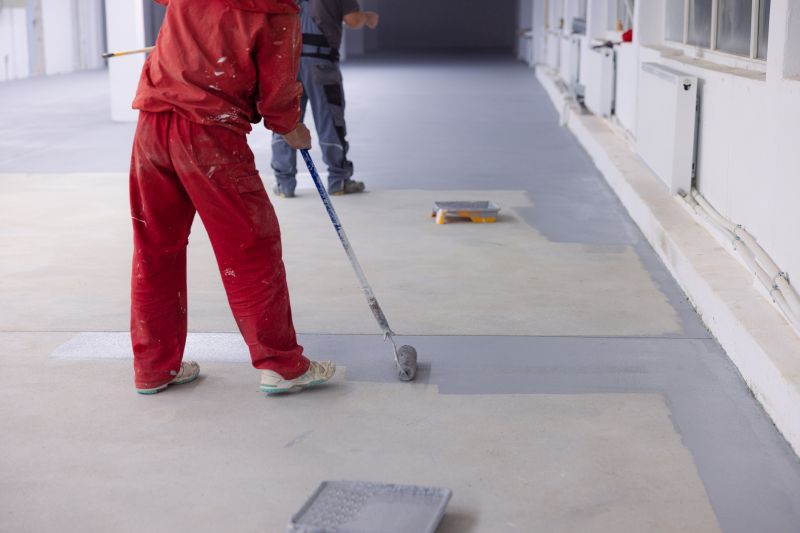
Image depicting a retail space during painting preparation.

Image showing freshly painted floor drying in a well-ventilated environment.
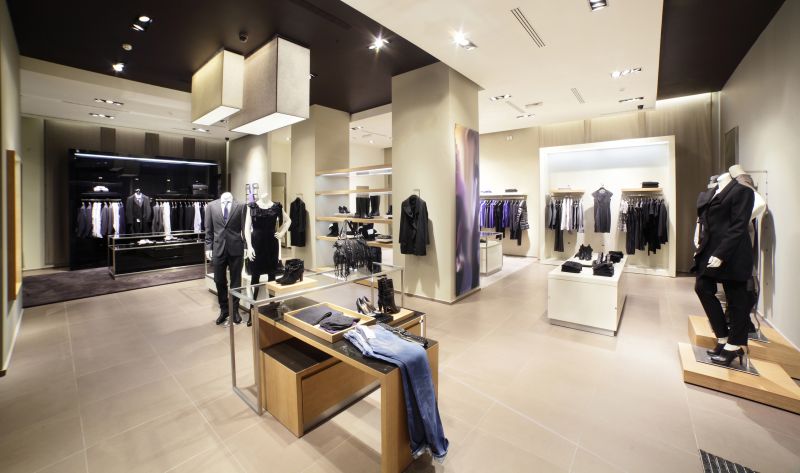
Image of a retail floor with vibrant, durable paintwork.
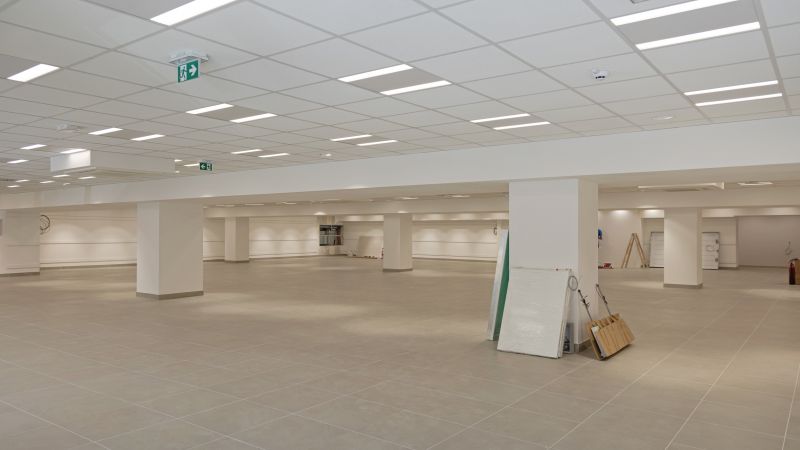
Ways to make Retail Floor Paintings work in tight or awkward layouts.
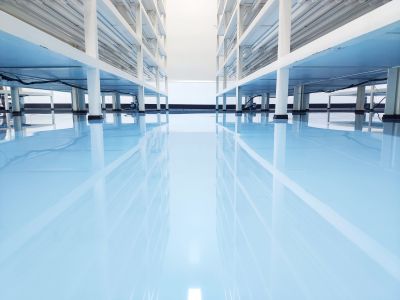
Popular materials for Retail Floor Paintings and why they hold up over time.
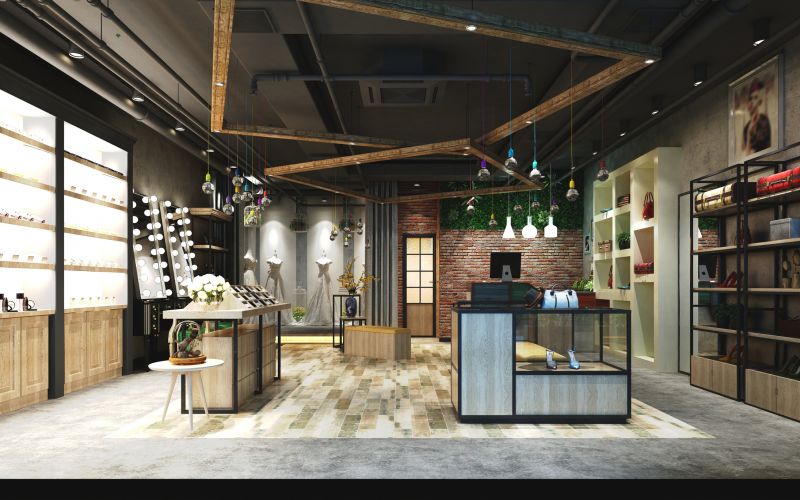
Simple add-ons that improve Retail Floor Paintings without blowing the budget.
Retail floor paintings serve both functional and aesthetic purposes, guiding customers and enhancing brand visibility. Modern coatings offer high durability to withstand foot traffic, spills, and cleaning routines. Proper timing and application techniques contribute to the longevity of the paint, reducing the need for frequent touch-ups.
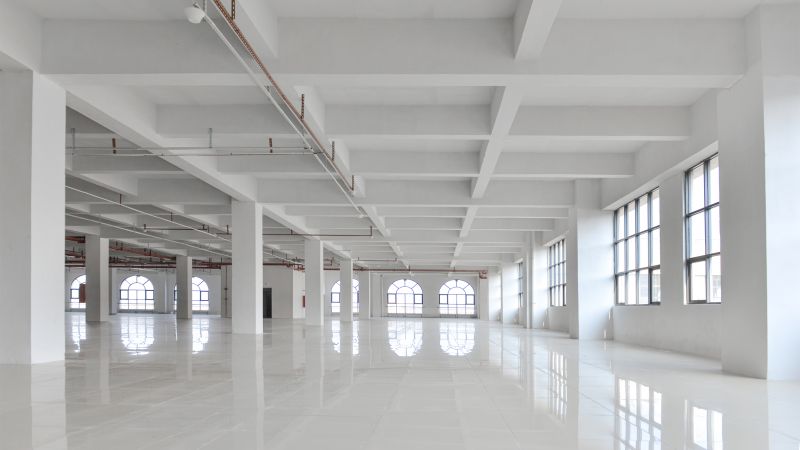
Vivid retail floor paint in a busy shopping area.
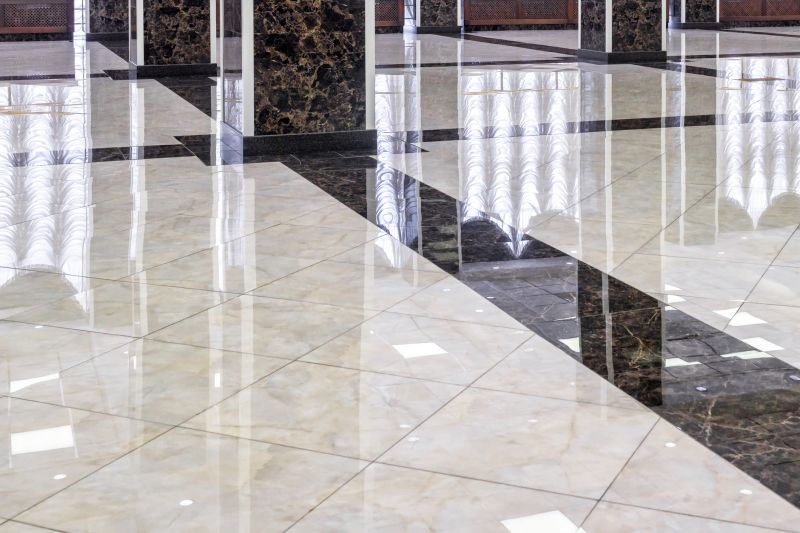
Close-up of intricate floor painting details.
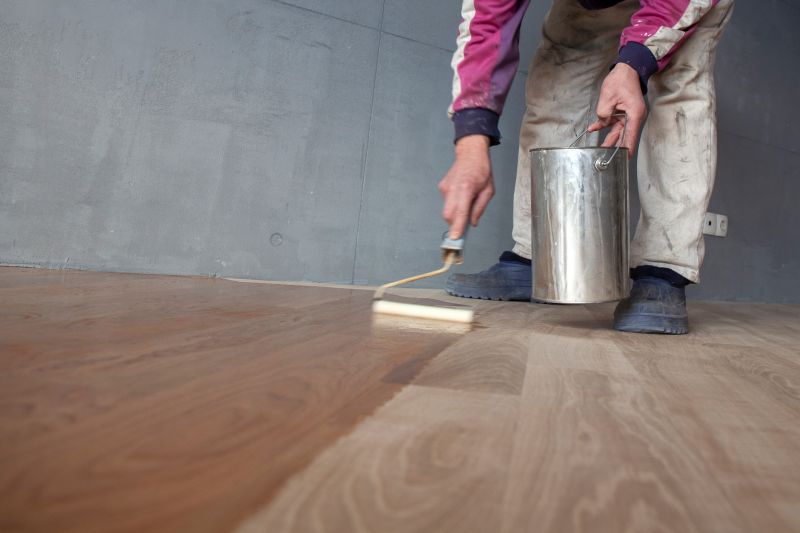
Floor with a high-gloss, durable finish after painting.
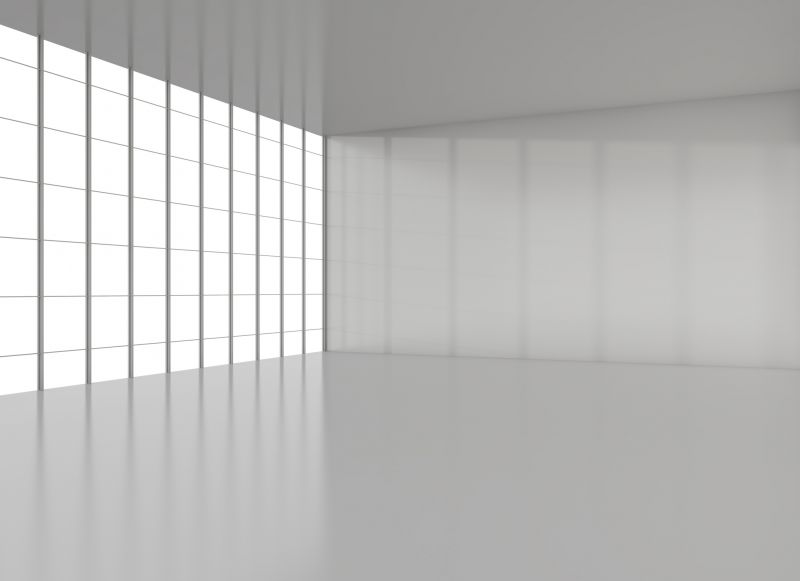
Floor markings guiding shoppers through a retail space.
| Factor | Ideal Conditions |
|---|---|
| Temperature | 50°F to 85°F |
| Humidity | Below 60% |
| Weather | Dry and mild |
| Business Schedule | Off-peak hours or seasonal slow periods |
| Preparation Time | Adequate surface cleaning and drying |
Choosing the appropriate time for retail floor painting enhances the durability and appearance of the finished work. Proper planning around weather and business operations ensures minimal disruption and optimal results. Consulting with professional painters can provide tailored timing advice based on specific retail environments.
